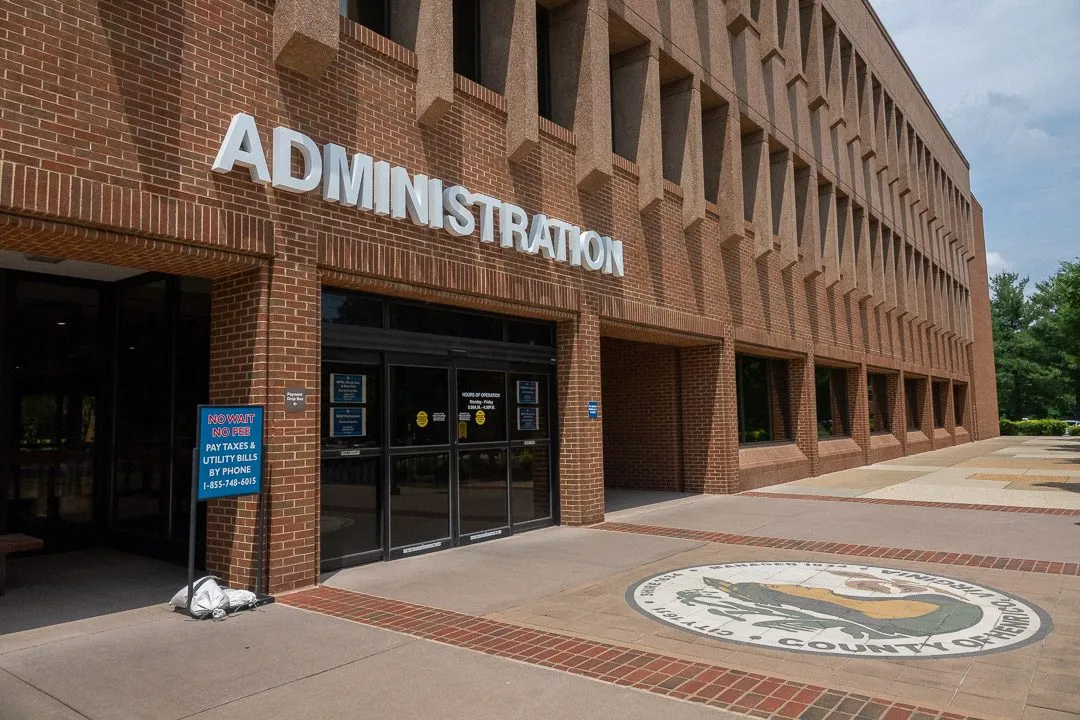Dominion proposes higher utility rates, new rate class for data centers
Utility’s planned rate hike would add $10.51 per month to residential customers’ bills starting in 2027, while a separate fuel rate increase would add an average of $10.92 more per month





